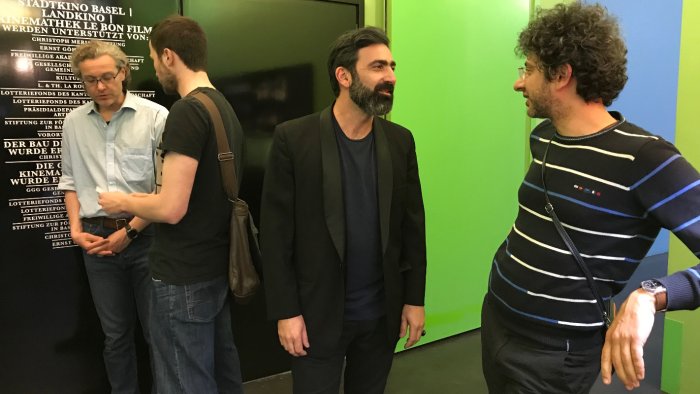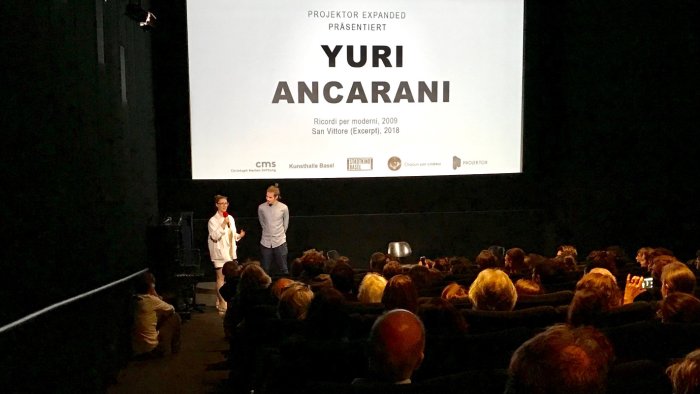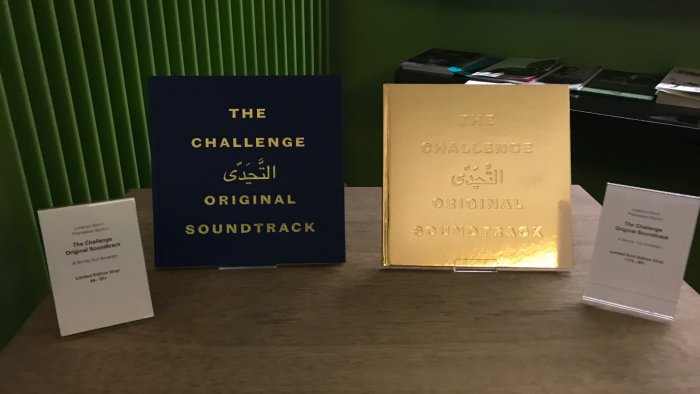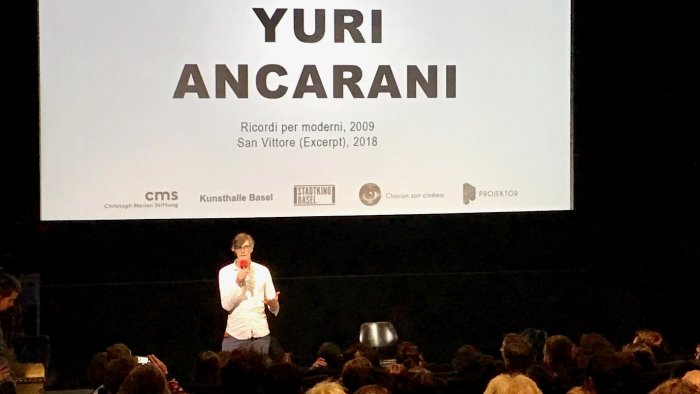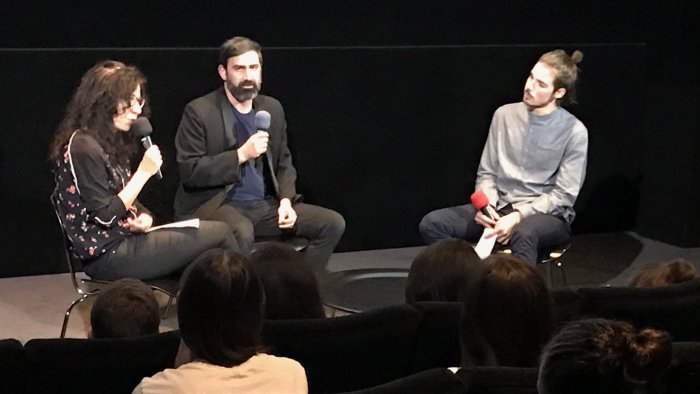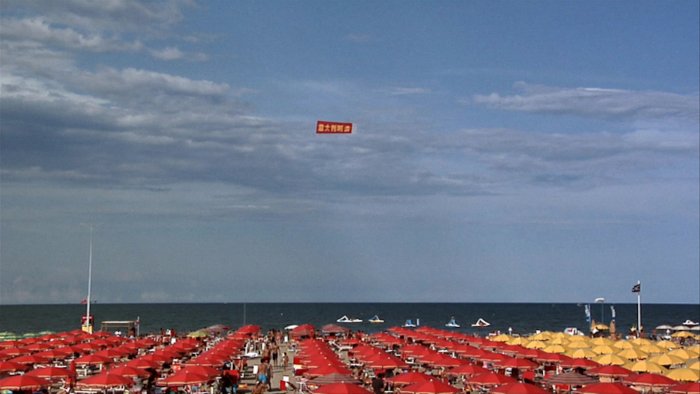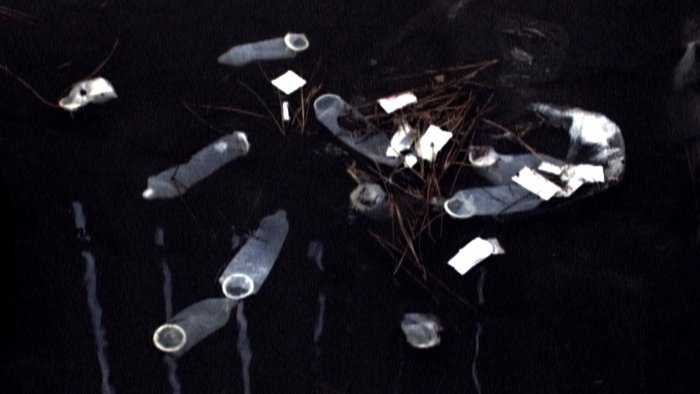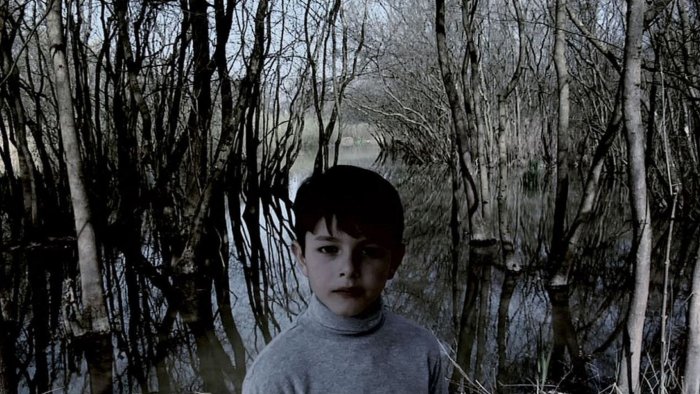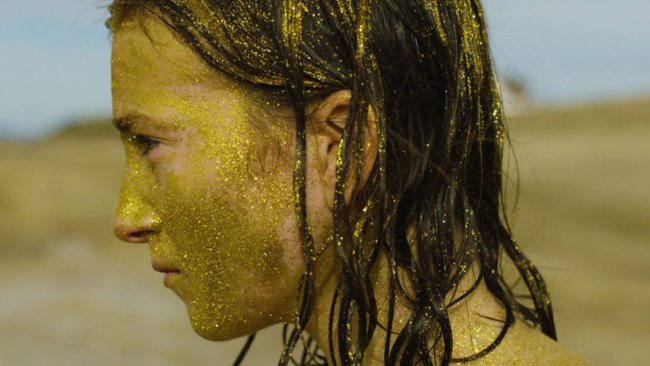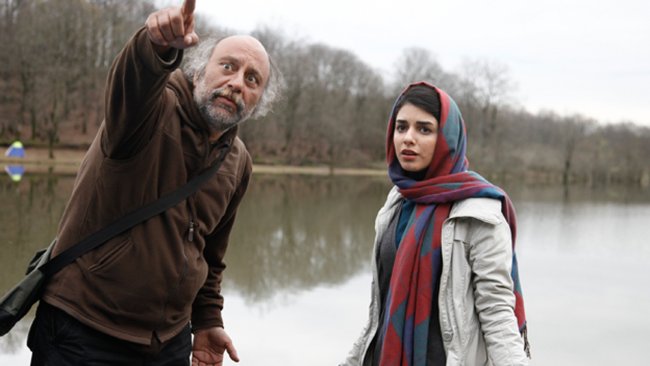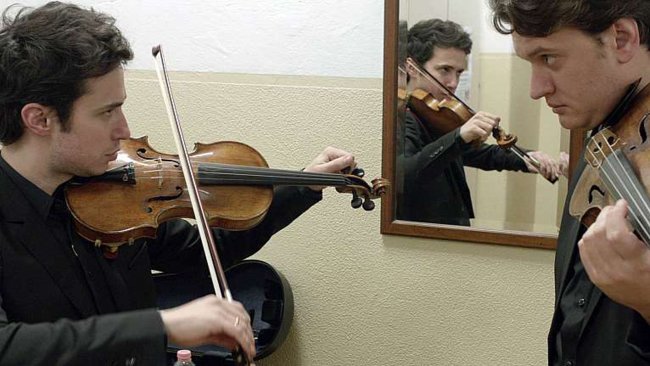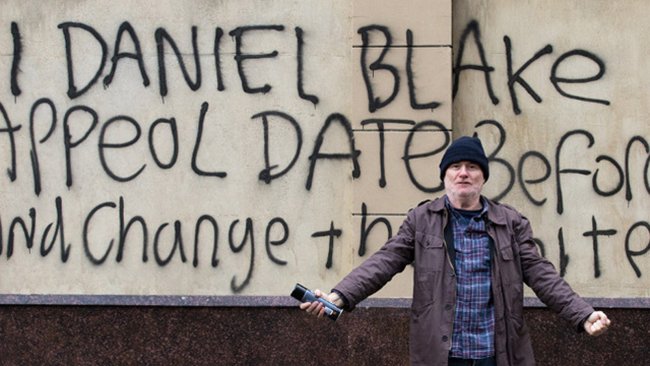Yuri Ancarani in Basel
[…] There is a mixture of cynicism and poetry, both assumed in all their intensity, in Ancarani’s “lateral” choice of his subjects – after all cynicism and poetry are two features that surprisingly have a deep and genuine connection.
[…] From these video works, I have the impression that Ancarani’s initial approach is one of photography. His videos seem to be the result of an expansion of what the photographic gaze is able to grasp.
[…] He shows meticulousness in delivering to us only images that are uncommon, rare, in a sense “new”, and even unimaginable-but-still-real – in a way that recalls the beginnings of cinema…
Text: Giuseppe Di Salvatore
An example of the hybridization of art and cinema
Filmexplorer had already met and interviewed Yuri Ancarani at the Locarno Festival in 2016, where he had premiered his film The Challenge. The same film, together with all of his works since 2009, has been on show at the Kunsthalle in Basel, with a retrospective that certainly constitutes a consecration for an artist that has always worked in the scenes of both art and cinema. The event at the Stadtkino Basel the 25th of April has programmatically stressed the interrelation between the worlds of art and cinema with a chiasm – Ancarani's art-video works are being projected in a cinema whereas his filmic works are being shown in an exhibition space – thanks to the initiative of the new-born Basel-based association Projektor that curated the event with the Kunsthalle and the Stadtkino. Filmexplorer cannot be more pleased to highlight this example of hybridising of art and cinema (both of which we strongly defend) and to which we have dedicated an important part of our Forum 2017 "The Reception of Moving Images in the Digital Era".
Romagna’s genius loci
The event in Basel has been a wonderful opportunity to better understand Ancarani’s style, as we could see almost all of his former video works (which was not possible at the Kunsthalle exhibition) that since 2013 have been collected in a well-organised series under the title of Ricordi per moderni (literally "memories for moderns"). Here Ancarani explores his own territory of Ravenna, Italy, and the surrounding locales, with a sharp and piercing gaze that is able to express an original genius loci, where the typical and the bizarre coexist – leaving even the eventual inside spectator with a mixture of recognition and astonishment. The title of the collection – which probably plays with Fellini’s title of Amarcord (“I remember”) but without any intention of emulation – hints at the idea of the record (“ricordo”) of a territory that is consciously updated to fit into the reality of the present day. The Romagna region, which is a very well known place in the Italian consciousness, is the land of Italian communism, folk dances and mass beach-holidays, but also an important centre for oil refinery and even a crossroad for migrants, from the South of Italy, from the near East of Europe, from Africa. There is a mixture of cynicism and poetry, both assumed in all their intensity, in Ancarani’s “lateral” choice of his subjects – after all cynicism and poetry are two features that surprisingly have a deep and genuine connection.
The photographic gaze
From these video works, I have the impression that Ancarani’s initial approach is one of photography. His videos seem to be the result of an expansion of what the photographic gaze is able to grasp. As an Italian, I would say that this approach has something to do with the incredible density of the Italian landscapes: one has not to create and tell a story, as a plethora of stories are already available there – one simply has to see them, to take a picture and show them. In this manner, the image is not a starting point or an instrument to convey a story that is mainly told through action, the image is rather a kind of “ready-made narrative”, a narrative knot to be displayed.
Contemplation and temporality through sound
The photographic concentration of Ancarani’s moving images creates a sort of temporal suspension that pushes us towards a contemplative attitude. This is probably one of the reasons he has worked more and more with the sound element starting with abstract soundscapes (in his first videos) and working his way up to the use of large orchestras – in The Challenge for example. Ancarani likes to defend this methodology, explaining that the music brings an emotive force that is appropriate to the medium of the moving image, of which the documentary should not be deprived. I think that it is also a question of conveying a specific temporality, in order to fill the gap that is opened by the contemplative orientation of the image layer. His explicit objective is to get a plasticity of the real that aims at the definitive overcoming of the bi-dimensionality of the moving image. In this sense, we understand the provocative choice of the title of his retrospective at the Kunsthalle Basel: Sculture, sculptures.
The new appeal of plasticity
Nowadays, it might be astonishing that this apparently old-fashioned fidelity to the plasticity of reality has evoked so much enthusiasm, particularly in the art scene, but the secret of Ancarani’s success is not at all in the eventual appeal of a vintage product. His work is simply the expression of old school plastic realism that, in the context of overly processed and overly hyped up images, reveals itself to be fully capable of catching the attention of the digital-born (and google-images-born) generations.
Pioneering moving images
The sculptural, three-dimensional force of his realism is not the only “old” facet of Ancarani’s aesthetic. We have to include his delight in playing the role of explorer and pioneer. He shows meticulousness in delivering to us only images that are uncommon, rare, in a sense “new”, and even unimaginable-but-still-real – in a way that recalls the beginnings of cinema… Be it in the hyperbaric chamber (Piattaforma Luna, 2011), the interior of a body (Da Vinci, 2012), the absurd games of the sheiks (The Challenge), or the behind-the-scenes goings on of a popular stadium (San Siro, 2014), our voyeurism is invited to satiate itself in the extreme and the marvellous, even if these adventurous journeys of ours are never limited to the mere aesthetic experience, as they also convey a political discourse that cross-examines the virtues and vices of our modern societies.
The interlocutory projection
This conjunction of aestheticism, exploration and political reflection seem to be confirmed in Ancarani’s last film project, San Vittore, of which we could watch an excerpt of three minutes in Basel. The focus of the documentary is life in the infamous Milano prison as seen from the point of view of the guards and the prisoners’ children, who are paying a high cost in terms of suffering without having the “benefit” of the fault. It is too early to say something about this film, but the projection of an excerpt of it followed by a public discussion is an occasion for us to stress the interesting format of an interlocutory projection. This cannot but underline the intimate connection between production and reception – a feature that seems quite natural within the feedback-friendly context of the new media.
Info
Ricordi per moderni | San Vittore (excerpt) | Shorts | Stadtkino Basel | 25/4/2017
Yuri Ancarani, Sculture | Exhibition | Kunsthalle Basel | 9/2-29/4/2018
More Info on Projektor Basel
Yuri Ancarani’s Website
First published: May 01, 2018
